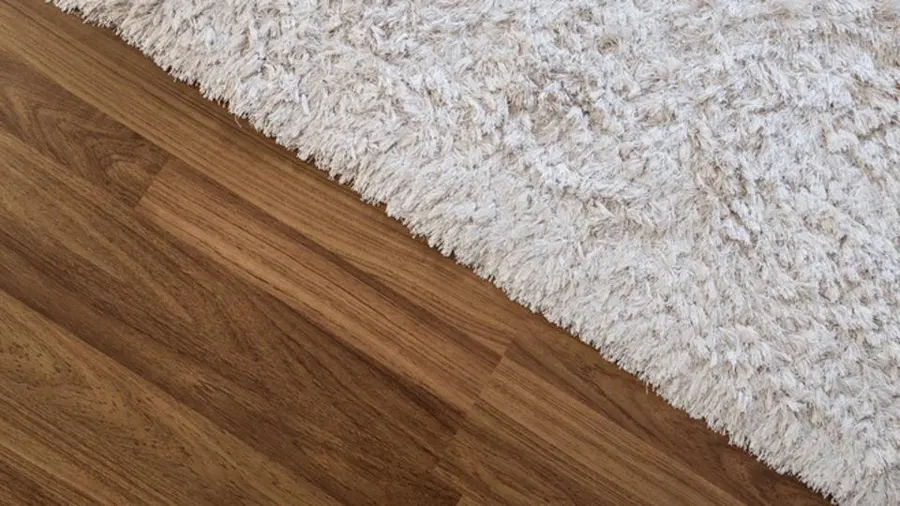Different Types of Flooring
Flooring refers to any material used to cover or lay on the floor of a room, usually for purposes of providing a durable surface for foot traffic, furniture placement and other activities within a household.
Children require comfortable floors for taking their first steps and soft landings when falling down, as well as floors that do not retain pet dander or allergens that might exacerbate allergies.
Hardwood
Hardwood floors make an elegant statement in any room of the house, from hallways and staircases to living rooms and dining spaces. Available in various widths and colors, hard wood can be prefinished or site-finished to achieve optimal results. Plus, its natural texture conceals scratches well and can even be refinished multiple times! Plus it looks fantastic with area rugs while adding value to a home!
Maple, oak and hickory species are great options for heavy traffic areas. Cherry wood also stands up well and makes for an informal yet moisture resistant atmosphere.
Engineered wood flooring is more economical than solid hardwood but provides the same appearance. Featuring a plywood core topped with hardwood, this option can be installed in most rooms including basements so long as a moisture barrier is in place. Engineered wood also comes in more wood species than its solid counterpart and can even be refinished multiple times; its environmental friendliness means less tree waste has to be taken from our forests for other purposes.
Stone
Stone floors add a luxurious and elegant touch to any home or office, providing an exquisite look while simultaneously making space feel larger. Their large dimensions create a sophisticated appearance in any room while their few seams reduce seams to give an illusion that makes each space seem larger.
Natural stone flooring comes in an assortment of colors, shapes, and sizes that can be used both indoors and outdoors. Common varieties of natural stone include marble, granite, sandstone and slate – each quarried separately then sold either in tile size options, mosaic designs or slab installations for use throughout a building or as mosaic installations.
Porosity of stones should also be taken into account during your selection process, since non-vitreous stones will easily stain under pressure from dirt or acid rain while those absorbing more moisture than expected may crack under cold environments due to frozen materials being released back out again as they freeze and expand.
In order to protect the stone floor from damage, regular duster use with a dry dust mop is recommended in order to eliminate dirt and dust accumulations. Also included in daily cleaning should be sweeping and washing using neutral pH cleaner or liquid soap-less detergent solutions.
Cork
Cork floors provide a warm and soft surface perfect for yoga studios! Additionally, they’re an efficient energy saver as they insulate against both heat and cold, saving money with energy usage costs compared to ceramic tile or wood surfaces.
Like other resilient flooring materials, cork flooring is relatively straightforward to keep looking its best. Simply sweep or vacuum regularly in high traffic areas to remove dirt & dust; for optimal performance choose one with an “only bare floors” setting on its vacuum. Light sweeping or mopping once weekly using either water or a mild non-toxic wood floor cleaner should suffice as regular maintenance cleaning measures.
Cork Can Be Susceptible to Dents & Scratches Since cork flooring can be damaged by impact damage from heavy furniture, it should not be recommended for spaces with heavy furniture. Dents tend to spring back naturally while minor scratches blend in seamlessly into its pattern; to reduce further wear-and-tear, implement a leave-your-shoes-at-the-door policy with felt buttons placed beneath furniture legs for additional protection from scratching and place felt buttons to reduce scratching as much as possible; like hardwood, cork flooring can also be refinished sanded and refinished for deeper scratches & scuffing damage.
Tile
Tile offers an endless variety of colors, textures and patterns. Its durability, longevity and ease of maintenance via regular sealant applications makes it the ideal material choice. Furthermore, most vendors provide rating systems indicating how much foot traffic a particular tile can tolerate.
Different types of tiles feel differently and vary in terms of thicknesses, which impact their durability. Thicker tiles work better for floors while thinner ones make an impactful statement as backsplashes. Some designs feature intricate geometric designs while others can have more random motifs. Many types can even be arranged into patterns like herringbone, offset brick lay or stack to achieve more unique looks.
Different types of tile can help achieve different aesthetic goals, from Southwest or Mediterranean-inspired homes to contemporary or industrial decor styles; while terra cotta tiles work particularly well when desired for Southwest decor styles like Mediterranean. Other tiles such as encaustic cement tiles provide more rustic or old world styles.











